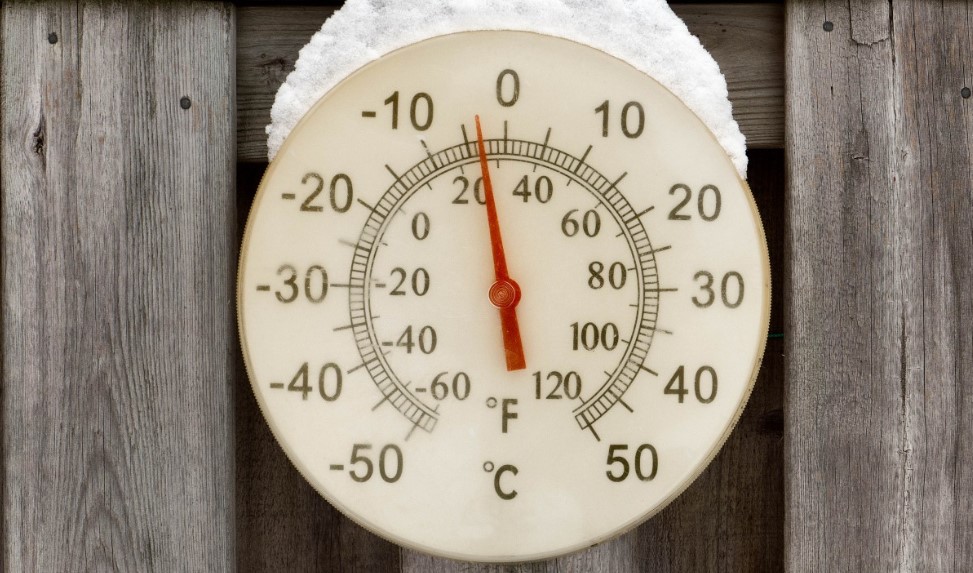What Countries Use Fahrenheit: A Comprehensive Guide
Fahrenheit is a temperature scale widely used in some parts of the world. While most countries adopt the Celsius scale, there are still a few nations that rely on Fahrenheit for measuring temperature. In this article, we will explore which countries use Fahrenheit as their primary temperature scale and delve into the reasons behind their preference. Let's dive in and uncover the countries where Fahrenheit reigns supreme.
I. The United States:
The United States is the most prominent country that uses Fahrenheit as its main temperature scale. It is deeply rooted in American culture and everyday life.

Fahrenheit used in The United States
From weather reports to household thermometers, Fahrenheit is the norm. This tradition dates back to the 18th century when German-born physicist Daniel Gabriel Fahrenheit invented the scale.
II. The Bahamas:
Located in the Caribbean, the Bahamas is another nation that embraces Fahrenheit. Due to its close proximity to the United States and historical ties, the Bahamas adopted the Fahrenheit scale.
Visitors to this tropical paradise should be aware of the Fahrenheit readings when checking weather forecasts or monitoring temperature fluctuations.
III. Belize:
Belize, a small Central American country, also employs Fahrenheit for temperature measurements. The influence of its neighboring country, the United States, has played a significant role in the adoption of this scale.

Fahrenheit scale
Fahrenheit is commonly used in Belizean daily life, including weather forecasts and temperature-sensitive industries.
IV. The Cayman Islands:
As a British Overseas Territory in the Caribbean, the Cayman Islands are another location where Fahrenheit prevails. The British influence, combined with the historical connections to the United States, contributes to the use of Fahrenheit as the temperature scale of choice.
Visitors and residents alike rely on Fahrenheit for weather updates and temperature references.
V. Palau:
Situated in the western Pacific Ocean, Palau is one of the few countries outside the Americas that uses the Fahrenheit scale. This island nation's choice can be attributed to its historical connection to the United States and the influence of American culture.
Fahrenheit is commonly utilized for weather reporting and temperature measurements in Palau.
VI. Reasons for Using Fahrenheit:
Now that we have identified the countries where Fahrenheit is used, let's explore some reasons behind their preference for this temperature scale.
1. Historical Factors:
In many cases, the adoption of Fahrenheit can be traced back to historical factors. Countries that were once colonies or had close ties to the United States, such as the Bahamas and the Cayman Islands, inherited the Fahrenheit scale through their historical connections. These influences have persisted over time, leading to its continued usage.
2. Cultural Familiarity:
For nations like the United States, Fahrenheit has become deeply ingrained in their culture. It is taught in schools, referenced in everyday conversations, and widely recognized by the general population. The familiarity and comfort with Fahrenheit make it difficult to transition to a different temperature scale.
3. Resistance to Change:
Changing an entire country's temperature scale is a complex and costly process. It requires significant educational efforts, infrastructure adjustments, and adjustments to weather reporting systems.

Fahrenheit for the cold weather
Some countries might simply choose to stick with Fahrenheit due to the resistance to change and the associated challenges.
VII. Conclusion:
Although the Celsius scale is the predominant temperature scale used worldwide, there are still several countries that rely on Fahrenheit. The United States, the Bahamas, Belize, the Cayman Islands, and Palau all continue to utilize Fahrenheit for various reasons, including historical ties, cultural familiarity, and resistance to change.
Understanding these countries' preferences for Fahrenheit allows us to appreciate the diversity in temperature measurement systems across the globe.